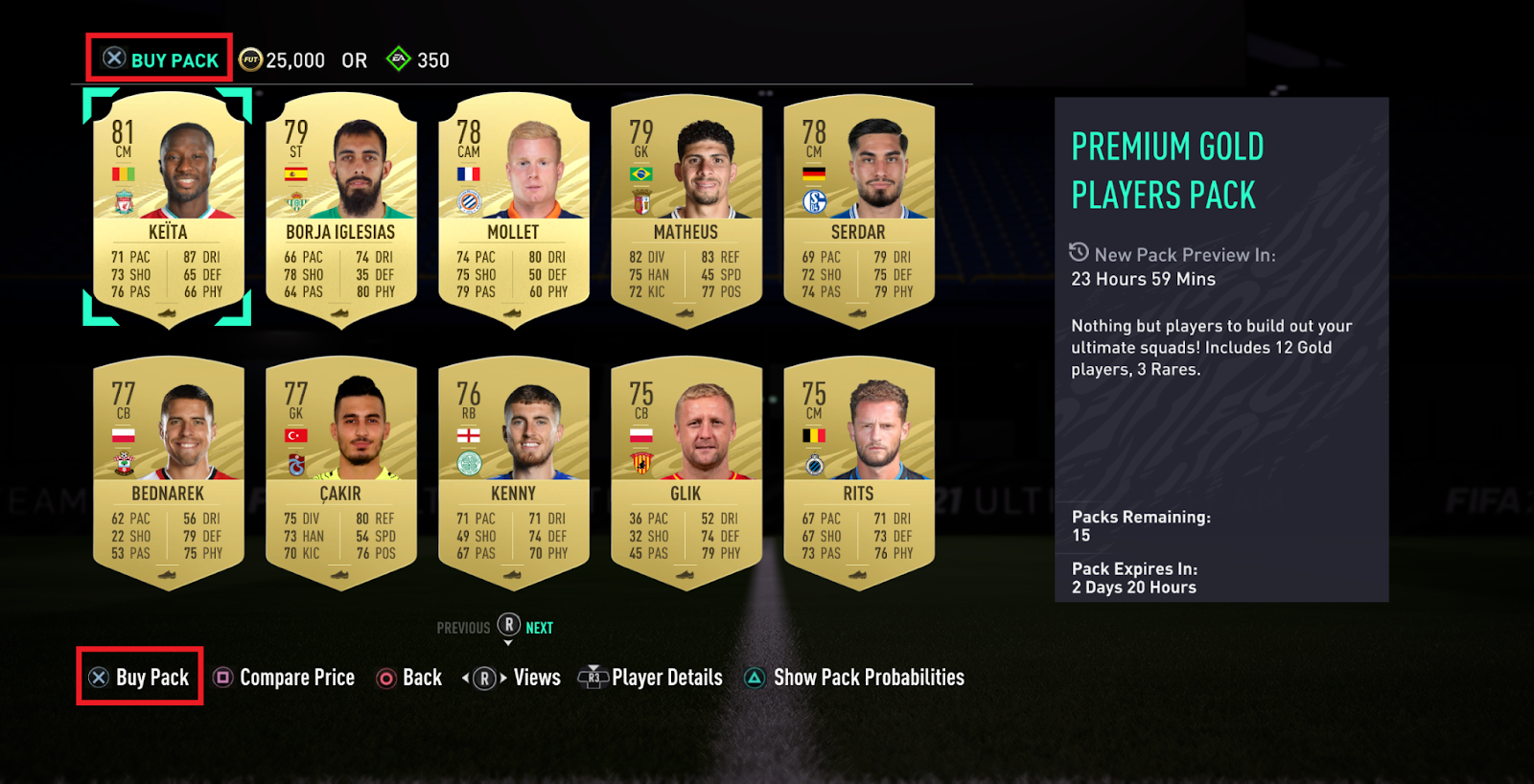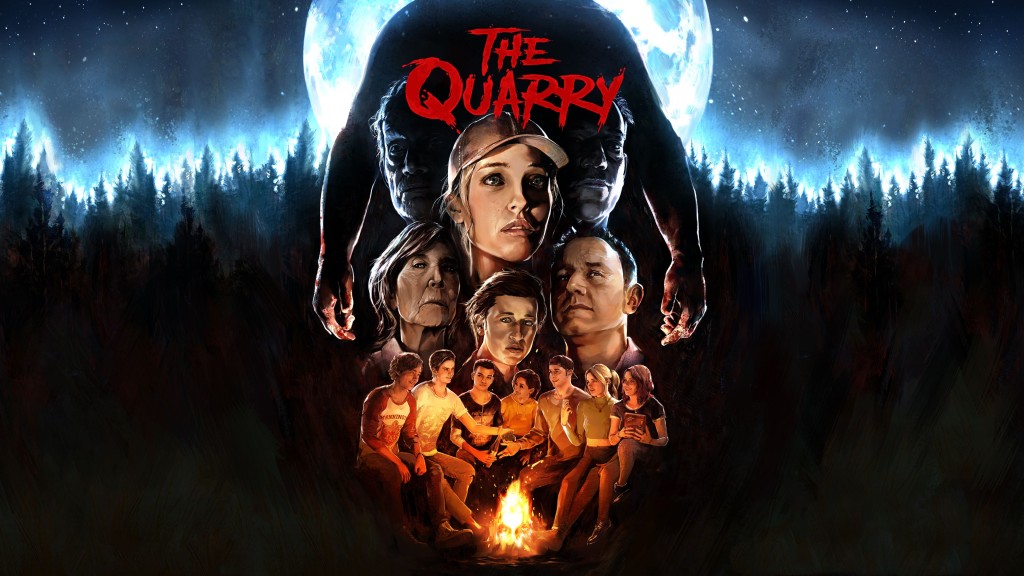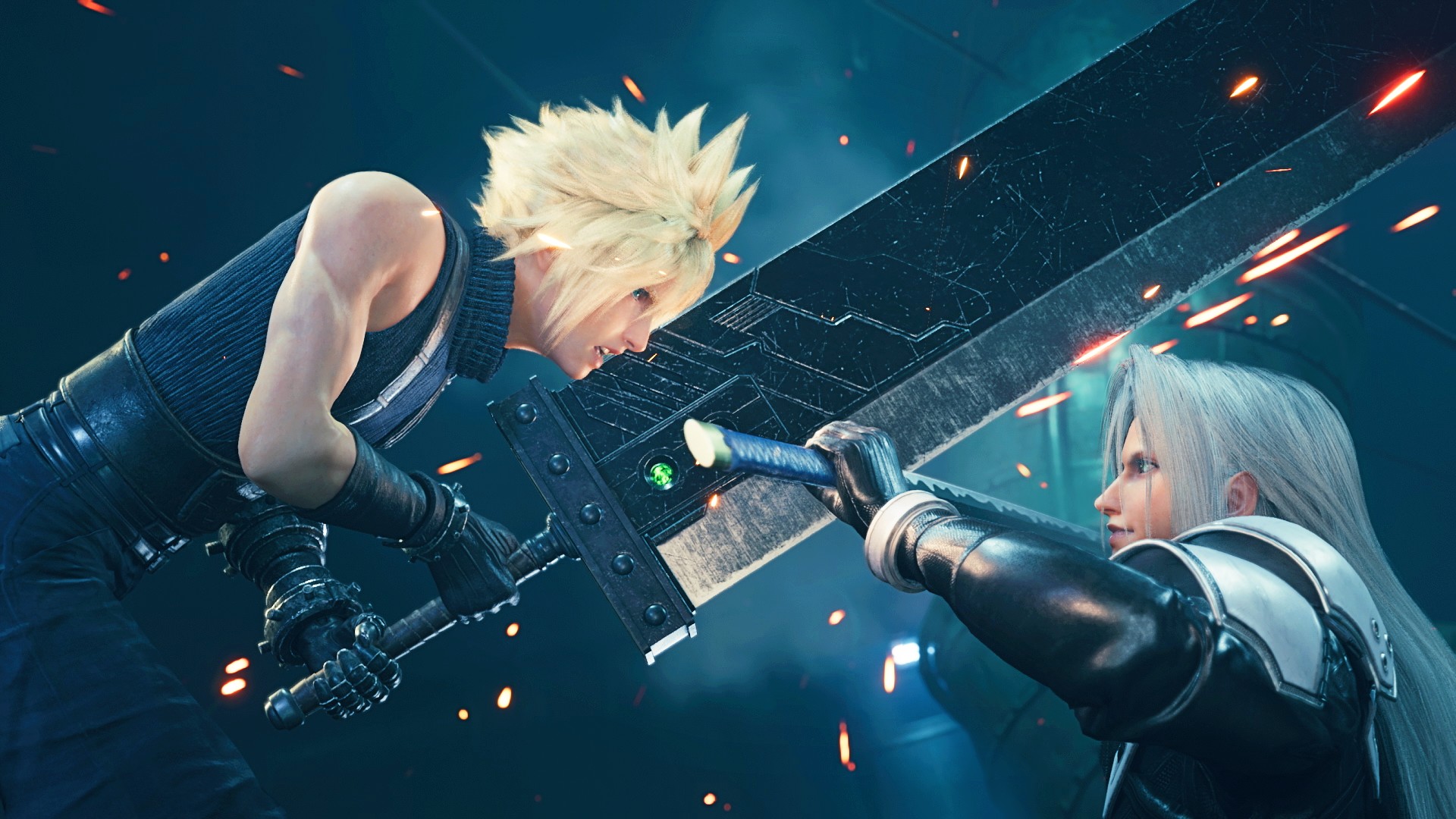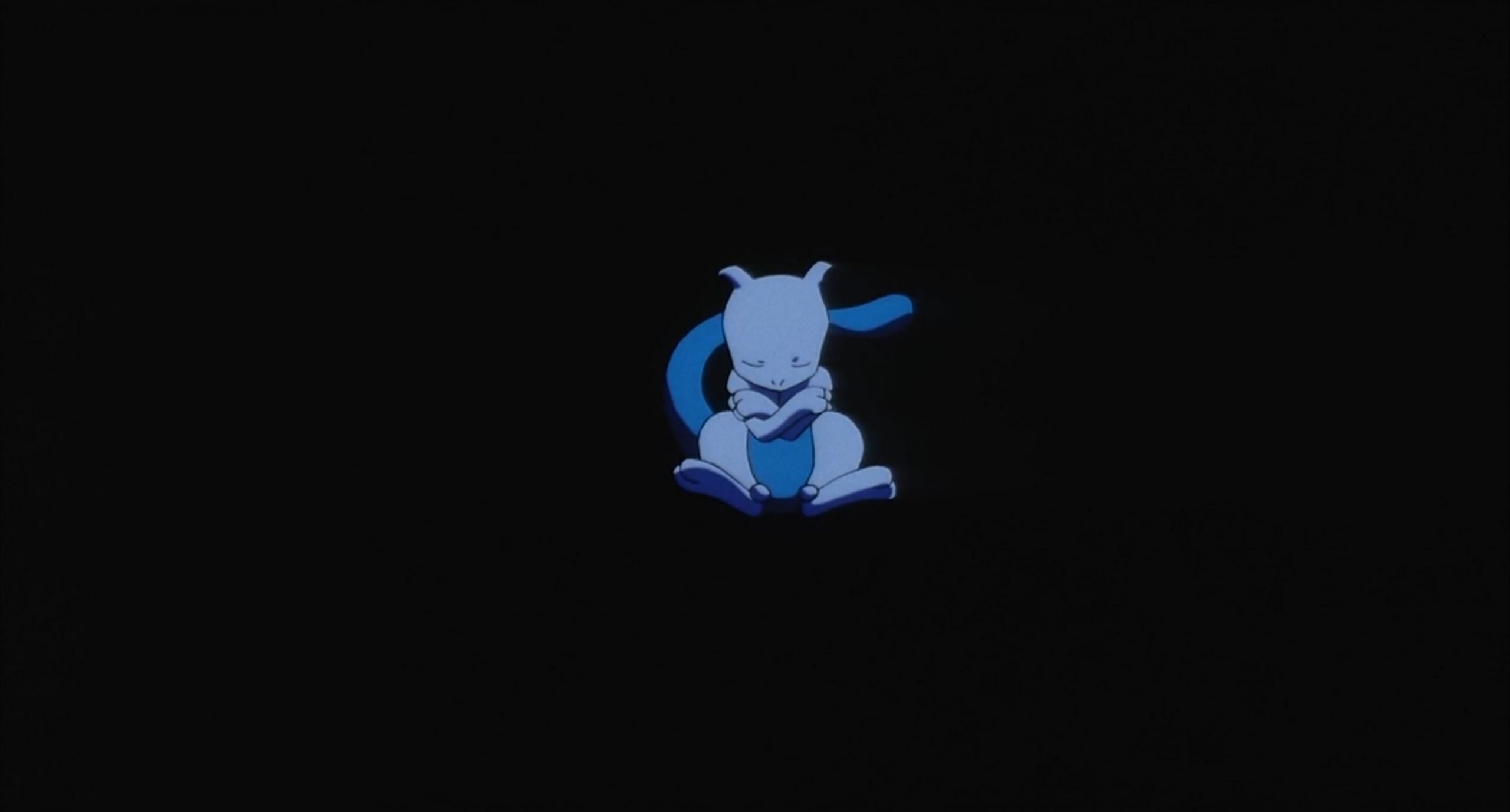
Welcome to the first installment of Pokemon Movies in Review, a weekly recap of the entire Pokemon cinematic universe. This week we’re looking at Pokemon: The First Movie – Mewtwo Strikes Back, which is, believe it or not, still the longest title of any Pokemon movie. Kids from the ‘90s will have fond memories of dragging their parents to the theater to see Mewtwo Strikes Back and score that sweet Ancient Mew promo card, (did you know you can buy a NM Ancient Mew right now for under $20!?) but if you haven’t revisited this classic since then, it might be a lot different than you remember.
I wasn’t aware of this, but the Japanese version of Mewtwo Strikes Back has a completely different beginning that changes the entire movie. The original version of the film begins with an expedition into an ancient forest to recover a DNA sample of the mythical Mew. Then, Mewtwo is created in a lab and we see the first moments of his existence. This baby Mewtwo is floating in endless space, questioning the nature of his existence, when he is approached by four other clones: Charmandertwo, Bulbasaurtwo, Squirtletwo, and a young girl named Ambertwo. It turns out that the scientist leading the cloning initiative — which is being funded by Team Rocket leader Giovanni — just wants to find a way to clone his deceased daughter, Amber.
Related: Pokemon: Mewtwo Strikes Back Is A Masterclass In Absurdism
Ambertwo befriends Mewtwo and helps him to understand the world. She shows him the town where she grew up, teaches him about the sun and the moon, and tries her best to answer his big questions about life and purpose. Suddenly, something goes wrong with the cloning process, and Ambertwo and the other Pokemon clones fade away. Distraught, Mewtwo starts to lash out with his powers, but the scientists put him in stasis for two years.
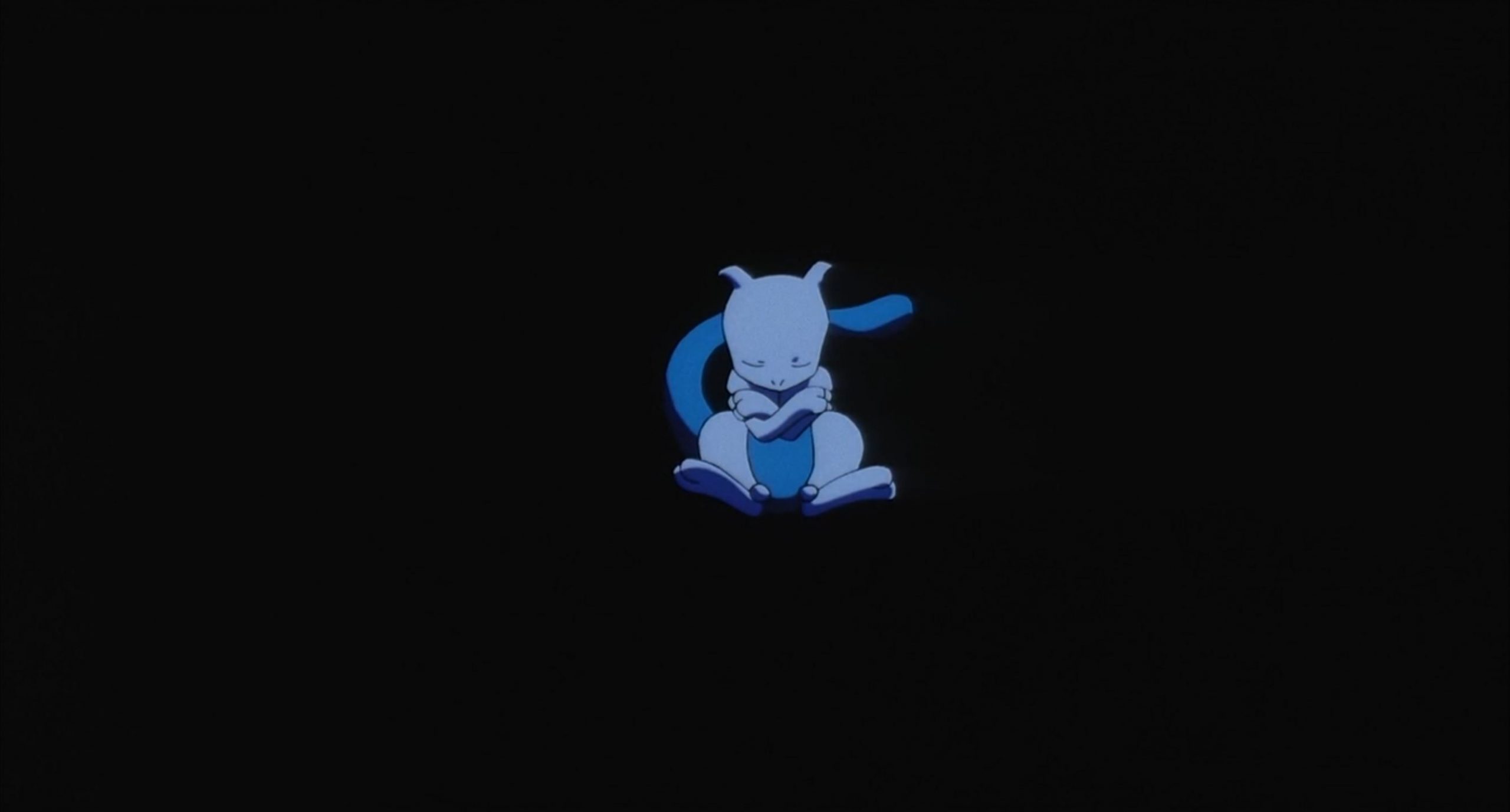
From there, the movie generally takes the same path in both versions, though a lot of the dialogue is changed towards the end which shifts the themes of the movie pretty dramatically. American audiences didn’t see this intro until it was included as a special feature in the direct-to-video sequel Mewtwo Returns a few years later. Now, some versions of the film include this opening act, but the rest of the movie remains consistent with the US theatrical version.
After watching both versions, I found the original Japanese version to be the far superior one. In the American version, Mewtwo is simply a power hungry despot that wants to destroy the world to punish mankind for enslaving Pokemon, but in the original version, he’s a much more sympathetic character with very different motivations. After losing his only friend and escaping the lab, Mewtwo’s existential uncertainty and despair lead him to Giovanni, who promises to give him a purpose. From Giovanni, Mewtwo learns that his purpose is to be the most powerful Pokemon ever created. In both versions he is angry at humans for what they have done to him, but the original version paints him in a much more sympathetic light. By trying to restructure the film to have a clearer “good vs. evil” narrative, the American version lost so much of the depth to Mewtwo’s characters and abandoned all of the really interesting themes his origin points to, like the ethics of cloning, genetic manipulation, and existentialism.
The American version also tries to tie everything up with an anti-violence message that isn’t part of the original story at all. Meowth’s realization that he and his clone shouldn’t fight because they probably have a lot in common falls pretty flat when you consider that battles are an essential part of what Pokemon is. When the Pokemon and their clones are done fighting, the human characters realize that Pokemon shouldn’t fight, which doesn’t really make any sense.
But the Japanese version gives them a better message, one that ties into the themes of the film and Mewtwo’s motivations much better. Instead of realizing that violence is bad, the takeaway is that the clones and the “real” Pokemon are equals, and that their lives have value simply because they exist. This is what moves Mewtwo, who realizes that he does not have to prove he is the strongest in order to have a purpose. Mewtwo finally understands that his life has meaning and that his rigid understandings of freedom and Pokemon enslavement were misguided. Now he is finally free to seek out his own purpose. It’s not a perfect resolution, but it’s a lot more nuanced than the American version.
As shallow as my childhood version seems now, it will still always have a special place in my heart. I can remember the exact seat I was sitting in at the Mid Rivers Mall movie theater when I saw Pokemon: The First Movie in 1999. I remember how excited I was to see the pirate trainer’s Donphan in the battle during the credits, as well as Snubull and Marill during the Pikachu’s Vacation short, because they were Gen 2 Pokemon no one had ever seen before. I saw new attacks that had never been seen before in the games or the anime, like Blastoise’s Rapid Spin and MewTwo’s Shadow Ball. Just seeing Ash and Pikachu on the big screen was such a thrill, it still makes me giddy to think about.
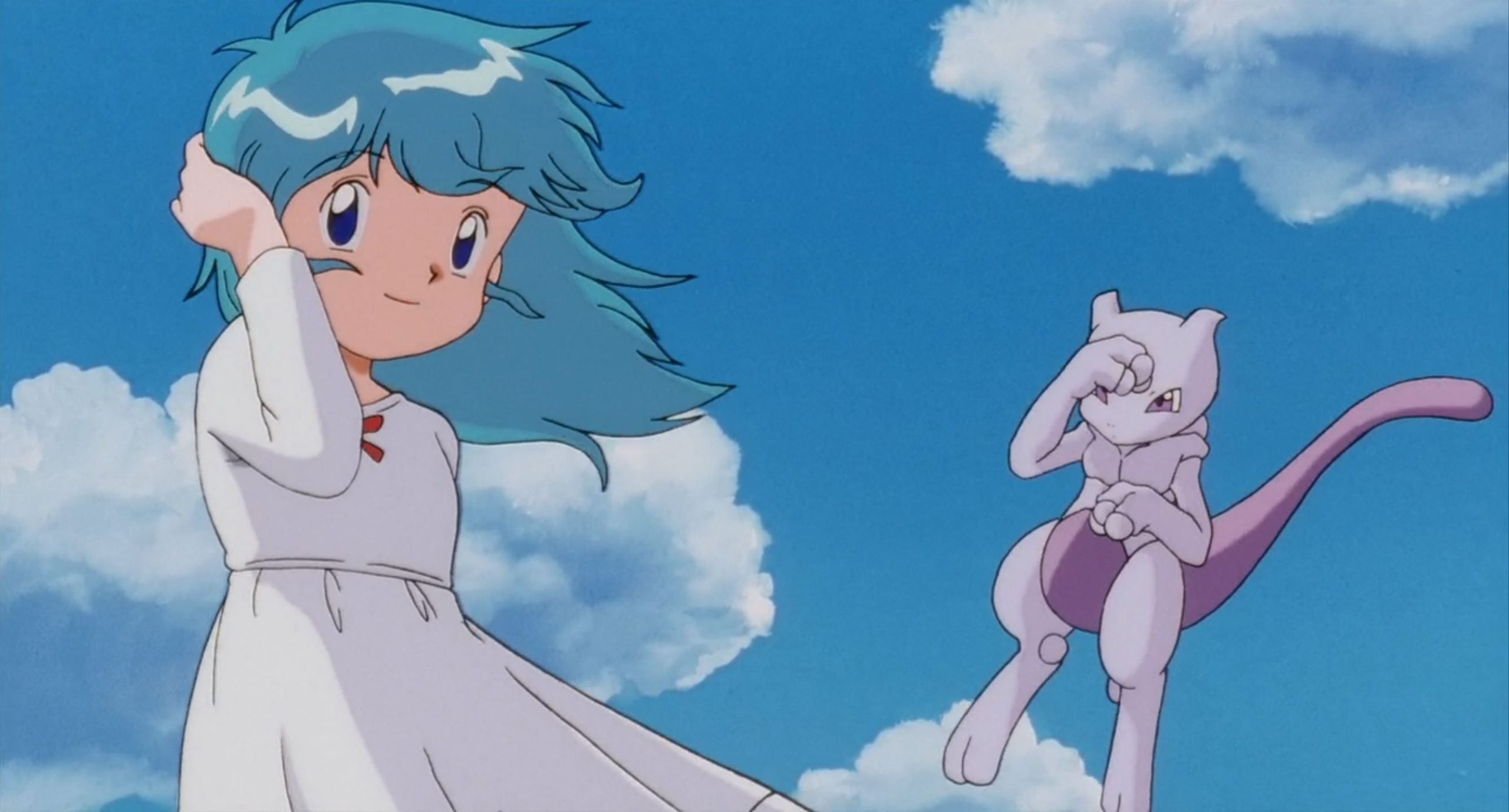
There were a couple of moments I noticed as an adult that I missed as a kid. In the US version, when Team Rocket picks up Ash and his friends on the boat, Brock says he didn’t realize that Vikings still existed, to which Ash responds that most of them live in Minnesota. It’s a cute throwaway joke, but it does technically confirm the existence of the actual United States in the Pokemon universe, so that’s something.
Ultimately, the emotional weight of the film’s big moments are still what carry it today. Pikachu is very much the heart of the film, and you feel everything he feels throughout the film. I was on the edge of my seat as Pikachu tried to run away from Mewtwo’s flying pokeballs, and when he desperately tried to revive Ash’s lifeless body at the end, it still got me choked up. I love “Brother My Brother,” the song that plays during the big battle, and I’ve always wanted Game Freak to bring those spotted clone Pokemon into the games in some way. Maybe they’ll end up in Pokemon GO when Niantic runs out of new Pokemon to add.
Pokemon: The First Movie – Mewtwo Strikes Back is an exceptional Pokemon movie, but it may be even better now than it was back then if you can get your hands on the original Japanese version. Next week we’ll be taking a look back at Pokemon: The Movie 2000, a film that one critic said you should avoid unless “a) your child has refused to eat until you take him or her, or b) your house is being fumigated to kill an infestation of mosquitoes with the West Nile virus.” But, it’s got Lugia, so how bad could it be?
Next: Ash Will Talk About His Father For The First Time In Upcoming Pokemon Movie

